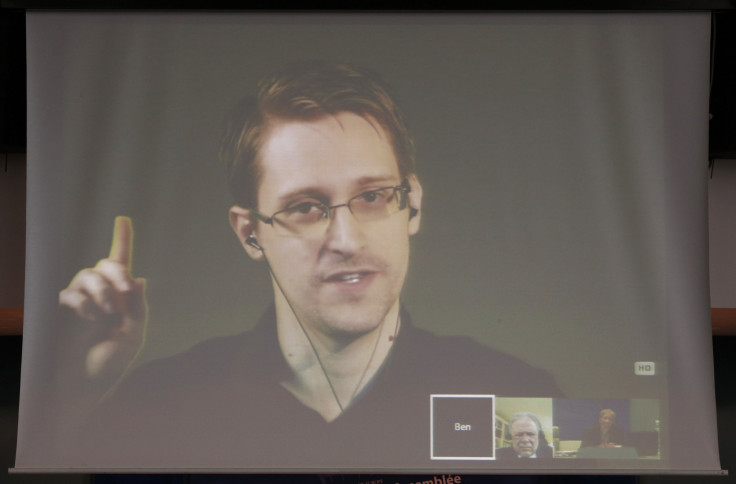Edward Snowden Questions PGP Encryption Code Shown In Latest ISIS Propaganda Video

Maybe ISIS isn’t so good at encryption after all. Edward Snowden says that code the Islamic State terrorist group disseminated in a video to show it used an encryption app to carry out the horrific Paris terrorist attacks is little more than a publicity stunt.
Snowden, the former U.S. National Security Agency contractor who revealed classified surveillance programs to the press in 2013, tweeted screenshots of the ISIS propaganda video Sunday evening, hours after the extremist group released it. The video includes beheadings and footage of the ISIS gunmen who killed more than 100 people in Paris in November. But Snowden, an outspoken encryption advocate, said the code has too few letters to be a true example of PGP encryption, which ISIS claims to use.
He said the encryption key identification code, 1548OH76, would be rendered invalid by the H and O characters. Snowden also pointed to the timestamp, which showed the messages were decrypted three days after the attack (that could also mean the message is valid, albeit opened after the attack).
Journos: The #ISIS video's "encrypted email" is confirmed fake. If any official responds as if it's real, push back. pic.twitter.com/fKHAAk1SAa
— Edward Snowden (@Snowden) January 24, 2016Does #ISIS see advantage in West limiting access to strong security? Juxtaposing "spooky" fake crypto with anti-crypto Cameron implies yes.
— Edward Snowden (@Snowden) January 24, 2016PGP (an acronym for Pretty Good Privacy) encryption is a popular method of encoding messages, and is often used to authenticate private texts, email messages and other communication. Snowden famously used PGP to contact journalists Glenn Greenwald, Laura Poitras and others in order to set up a meeting, where he passed them classified NSA documents.
The ISIS video, and Snowden’s reaction to it, come at a time when lawmakers throughout the U.S. and U.K. are pushing for legislation that would prohibit, or limit, encrypted messaging services.
© Copyright IBTimes 2024. All rights reserved.




















